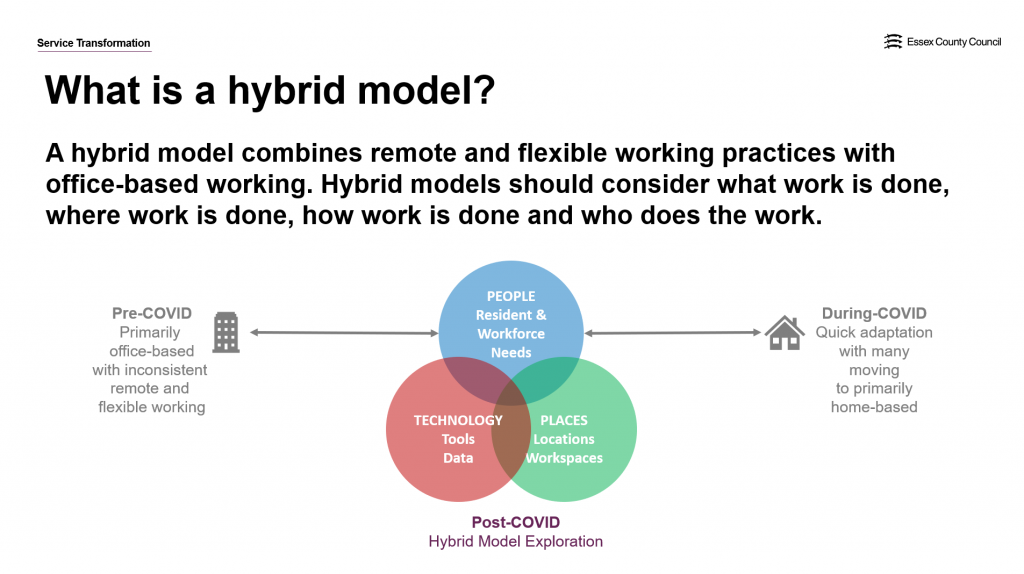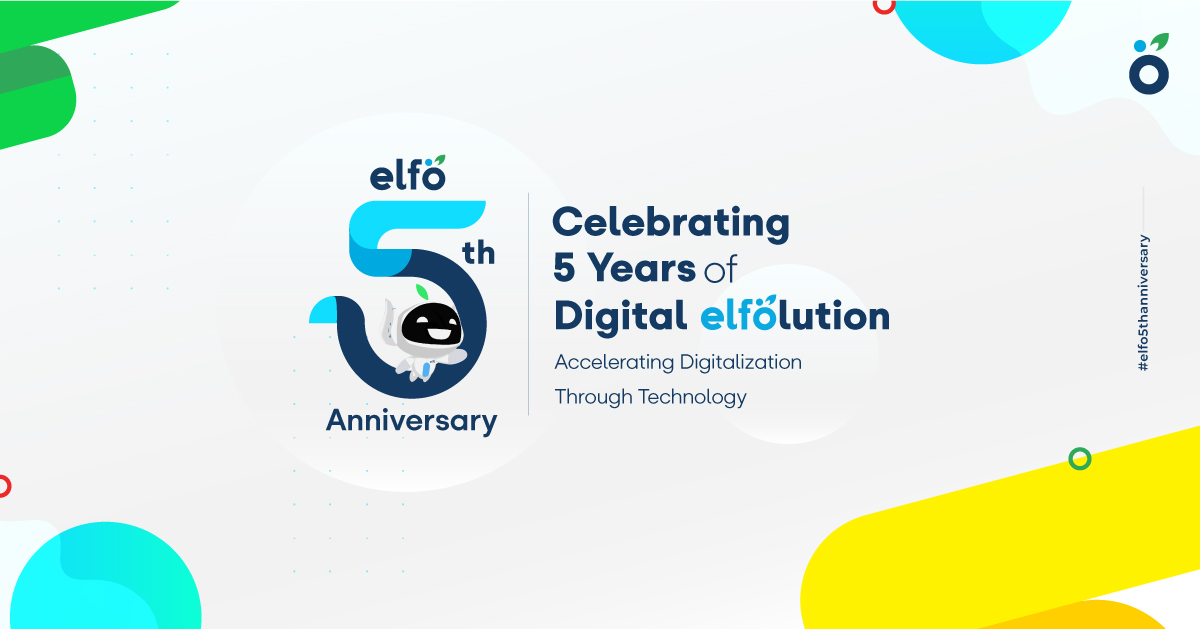
We’re in the midst of a period of transition unlike any other.
Times are changing, whether it’s in terms of technological advancement or simply how we conduct our daily lives in regard to the pandemic’s turmoil. With the pandemic’s onslaught currently hitting various countries around the world, even the most simple and routine tasks, such as finding work or where to work, can be difficult to predict.
But did you know that more than half of marketers (56.9%) are either looking for a new job or are contemplating it?
According to Marketing Week’s 2022 Career and Salary Survey, 12.8% of those who changed positions in the last year did so due to redundancy, while 10.5% did so in the quest for more flexible hours.
However, nearly 9.3% of marketers say their company has turned down a request to work more flexibly.

Closer to home in Southeast Asia, a third of employees (34%) prefer to find a new job if they are pushed back to work full-time, according to Qualtrics’ 2022 Employee Experience Trends study.
These are huge game-changing figures, in an environment as fast-paced as that of digital marketing, businesses simply can’t afford to turn a blind eye to the movement of talent out for good.
But, why does it matter for my business to think hybrid?
The answer is quite simple, really.
Your business can hire talent from all over the world using a hybrid work approach.
A hybrid work model allows employees to work from home for part of the week and then return to the office for the rest of the week. However, it is not a rigid model that must be followed in a one-size-fits-all manner, allowing you to choose the work styles and options based on the nature of the business and the industry you operate in.

You can hire people with particular skills if you have access to a larger pool of talent. This can provide your company with a competitive advantage, allow you to expand into new markets, and ensure that your business stays productive continuously with minimal downtimes.
The benefits aren’t just apparent for businesses, it’s also what employees in this digital era want.
The staff of Synchrony Financial, a well-known New York bank, have been advised that they can only work four days per week. A hybrid work model can provide various benefits, regardless of the approach taken.
Employees can engage in continual learning outside of the hustle and bustle of their typical work environment, which is an often-ignored benefit of a hybrid work style.
This means that if they work a portion of their workweek from their office, they can spend the rest of their time working from home on personal development goals, which can lead to improved job performance and growth opportunities.
If the benefits are great, do we still need to work in the office?
Many employees found that working remotely gave them more flexibility and enabled them to be more efficient while preserving a better work-life balance and improved mental health.
However, there are advantages to working in the office; it is still a great place to collaborate, form professional relationships, get mentorship, and develop your company’s culture.
How to adopt a hybrid work model

You’ll need the necessary people, processes, and technology to implement a hybrid work paradigm. Let’s look at a few things to think about while transitioning to a hybrid work model.
- Step 1: Survey your employees to learn their needs better.
- Step 2: Develop employee personas that help you remain agile to a different set of wants and needs.
- Step 3: Invest in the infrastructure and technologies to make hybrid working possible for everyone (this includes proper subscriptions to business solutions and software!)
- Step 4: Reinforce your company culture (and let your people be a part of this process!)
- Step 5: Workplace experience and feedback forms still matter! Take the time to reconnect with your people and relook into resources.
elfo goes further in 5 years of digital elfolution

In support of elfo’s 5th-year anniversary, elfo has been reigniting growth through a hybrid work model, celebrating our employees’ unique styles of work, paired with the support they might require as they take the business to the next level out of the office.
Concerned with a digital problem or interested in up your digital game? Reach out to us and let us continue that support for your business to progress to greater heights!





